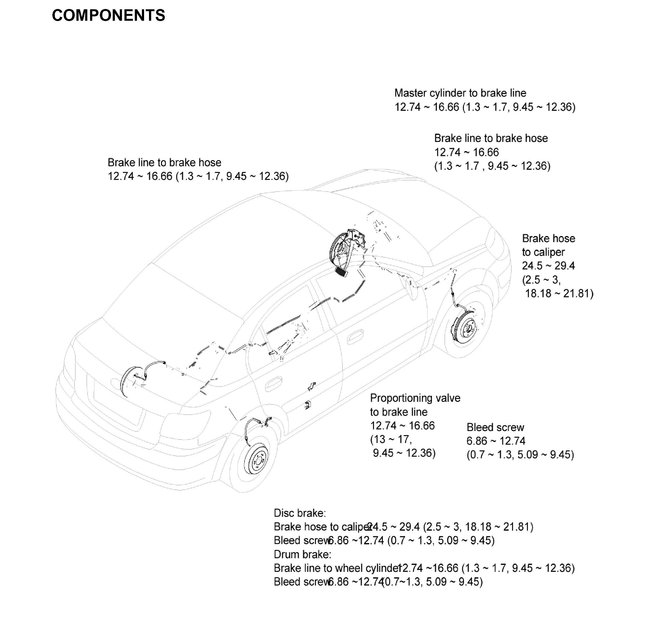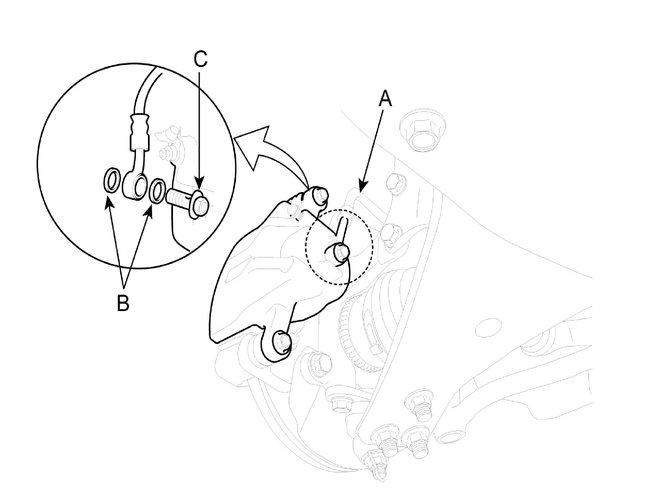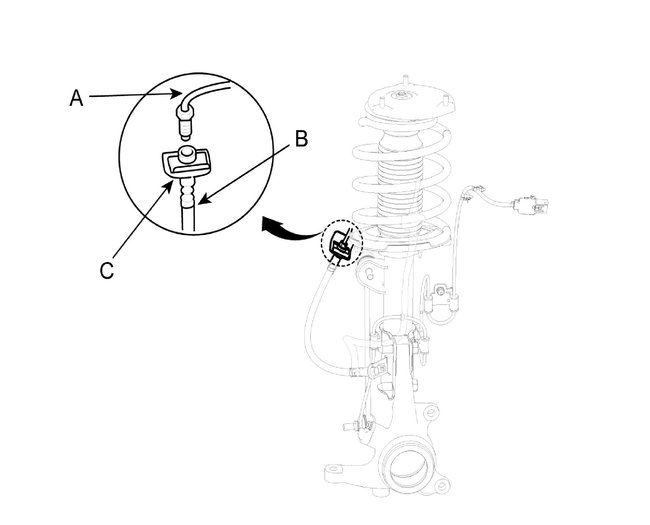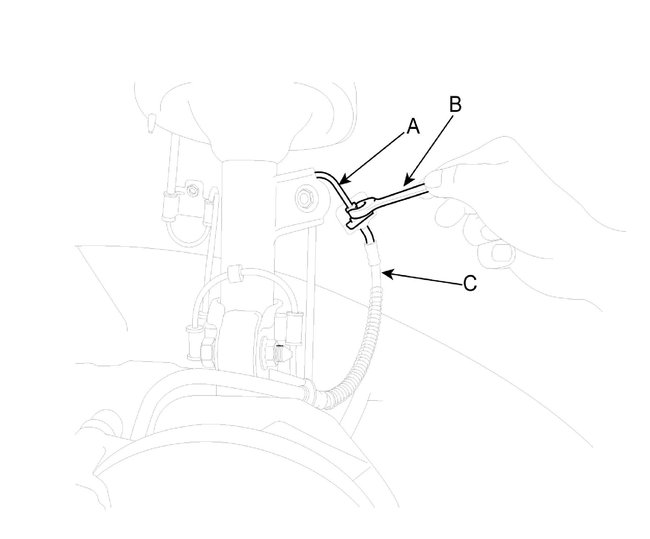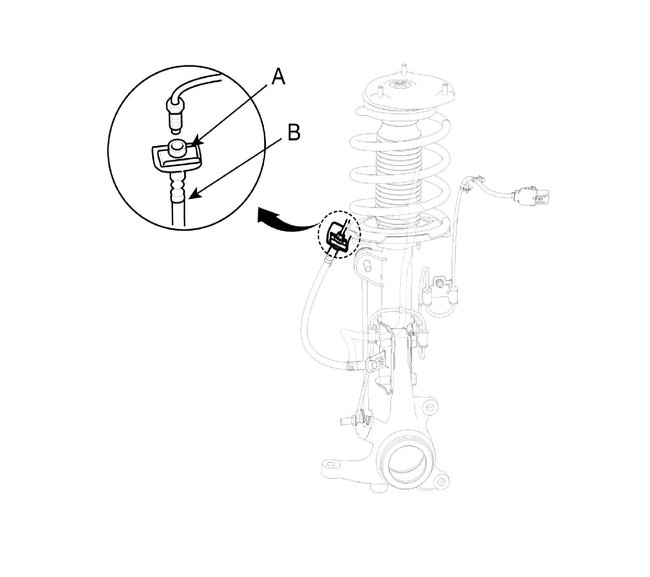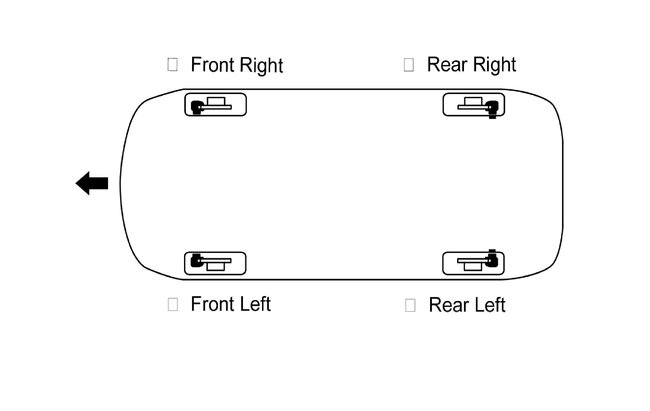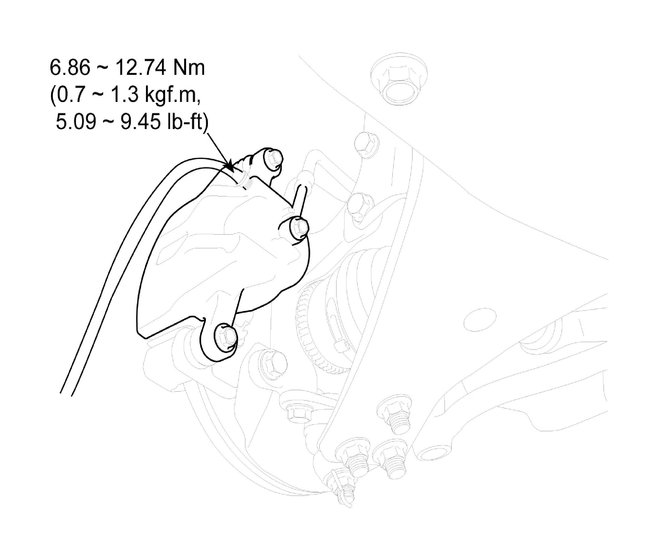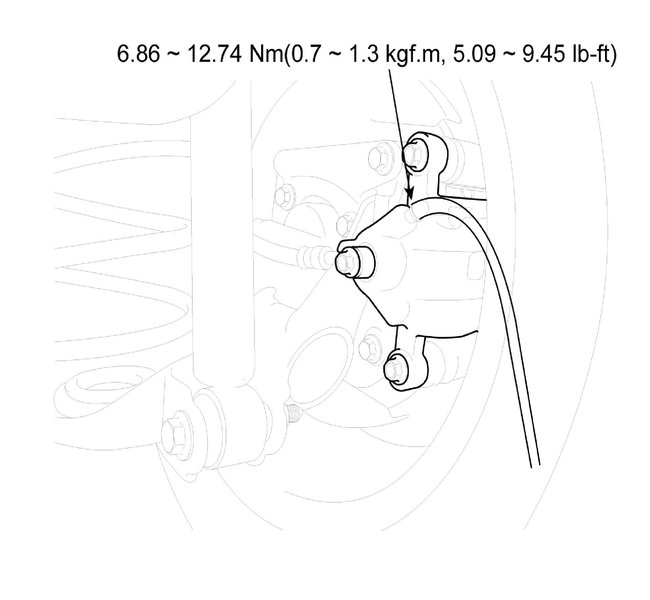Hi,
You need to replace the rubber brake hose that is attached to the caliper. Over time, they deteriorate inside. When it happens, you can force fluid through them to actuate the brake, but when you release the brake pedal, there isn't enough force for the fluid to return. AS a result, the brake stays locked. Here is a video to help you step by step with instructions in the diagrams below to show you how on your car:
https://youtu.be/xMS8Xy4Xz1U
Here are directions specific to your vehicle for repair. The pics below correlate with the directions.
______________________________
2006 Hyundai Accent L4-1.6L
Removal and Replacement
Vehicle Brakes and Traction Control Hydraulic System Brake Hose/Line Service and Repair Removal and Replacement
REMOVAL AND REPLACEMENT
COMPONENTS
COMPONENTS
pic 1
INSPECTION
1. Check the brake tubes for cracks, crimps and corrosion.
2. Check the brake hoses for cracks, damaged and oil leakage.
3. Check the brake tube flare nuts for damage and oil leakage.
INSTALLATION
1. Install a brake hose (A) on the caliper with tightening brake hose bolt (C) and washer (B).
pic 2
2. Install the brake hose clip (C) to the brake hose bracket (B), then install the brake hose (A).
pic 3
3. Connect the brake hose to the brake line.
4. After installing the brake hose, bleed the brake system.
CAUTION:
Check the brake hoses for interference and twisting.
Check the brake hose and line joint for leaks, and tighten if necessary.
REMOVAL
1. Disconnect the brake hose (C) from the brake line (A) using a flare-nut wrench (B).
pic 4
2. Remove the brake hose clip (A), and then remove the brake hose (B).
pic 5
3. Remove the connector bolt from the caliper, and disconnect the brake hose from the caliper.
__________________________________
You will need to bleed the brake system if a lot of fluid is lost when removing the rubber hose. Here are the directions for all wheels. Again, as long as you don't allow the brake master cylinder to get too low, you should only have to bleed the caliper where you replaced the hose. If the master cylinder is drained, then do all 4 wheels. The remaining pics correlate with the directions.
2006 Hyundai Accent L4-1.6L
Brake System Bleeding
Vehicle Brakes and Traction Control Hydraulic System Brake Bleeding Service and Repair Procedures Brake System Bleeding
BRAKE SYSTEM BLEEDING
BRAKE SYSTEM BLEEDING
NOTE:
Do not reuse the drained fluid.
Always use Genuine DOT 3 or DOT 4 Brake Fluid. Using a non-Genuine DOT3 or DOT 4 brake fluid can cause corrosion and decrease the life of the system.
Make sure no dirt of other foreign matter is allowed to contaminate the brake fluid.
Do not spill brake fluid on the vehicle, it may damage the paint; if brake fluid does contact the paint, wash it off immediately with water.
The reservoir on the master cylinder must be at the MAX (upper) level mark at the start of bleeding procedure and checked after bleeding each brake caliper. Add fluid as required.
1. Make sure the brake fluid level in the reservoir is at the MAX (upper) level line.
2. Have someone slowly pump the brake pedal several times, and then apply steady pressure.
3. Loosen the right-rear brake bleed screw to allow air to escape from the system. Then tighten the bleed screw securely.
4. Repeat the procedure for each wheel in the sequence shown below until air bubbles no longer appear in the fluid.
5. Refill the master cylinder reservoir to the MAX (upper) level line.
pic 6
Front disc brake
pic 7
Rear disc brake
pic 8
______________________________________________
Let me know if that fixes the issue or if you have other questions.
Take care and God Bless,
Joe
Images (Click to make bigger)
Thursday, February 25th, 2021 AT 7:57 PM
